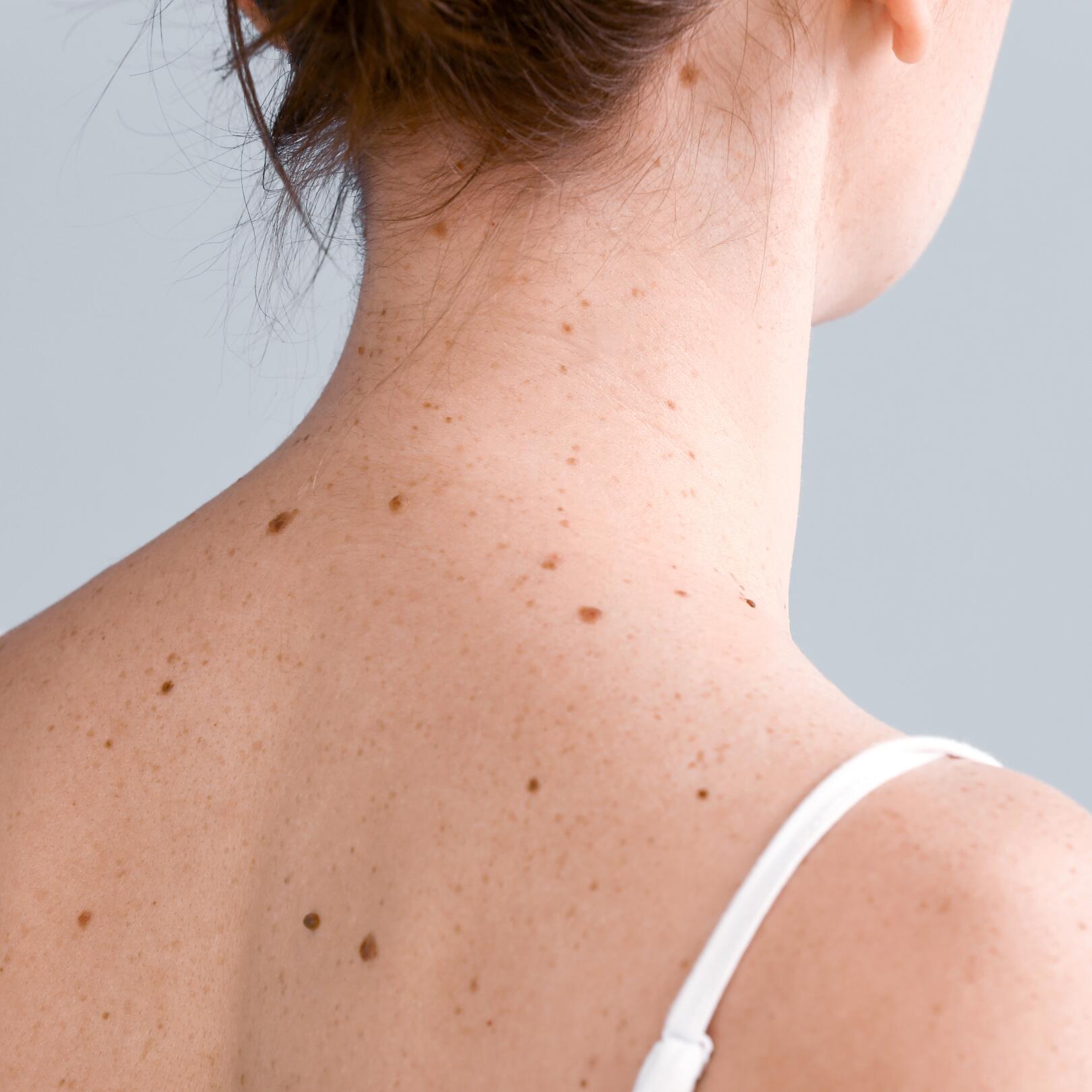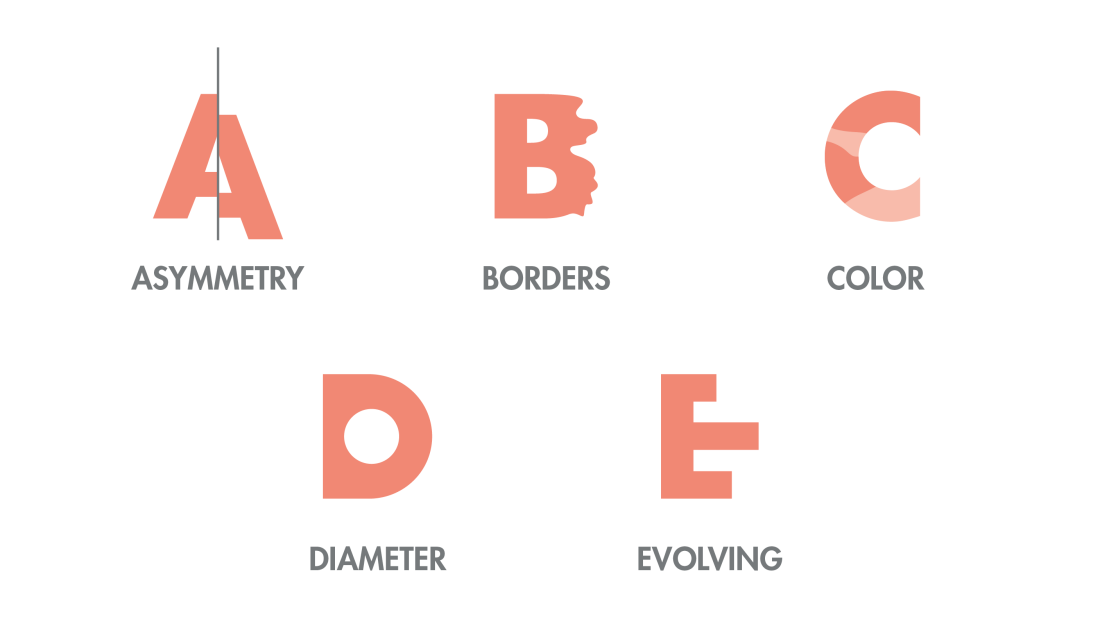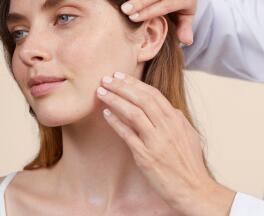Protecting and monitoring your moles

What is a mole?
A mole, or nevus, is a brown mass of cells usually found on the skin or mucous membranes. Moles are composed of melanocytic cells which are responsible for skin colour and tanning. They start to appear exogenously on the skin between 6 months and 1 year of age, and continue to grow into adulthood. Mole formation depends on several elements:
- Exposure to the sun, especially during childhood
- Skin colour
- The individual's immune system
Effects of the sun on moles.
The sun is one of the triggers for the appearance of moles, which is why babies, with very few exceptions, are born without them. The more moles an individual has, as is the case for very light skin types I or II for example, the higher the risk of developing skin cancer: 35% of these cancers develop from an existing mole. This is why children and teenagers need to be well protected from the sun to stop the growth of moles and prevent existing moles from developing into melanoma. The appearance of the melanoma is itself misleading, as it can easily be mistaken for a mole from its appearance, brown colour and lack of discomfort. This is why, just as with your skin, it’s important to adopt good practices to protect your moles from UVA and UVB rays by adopting strict photoprotection from an early age.
FRIENDLY, EXPERT ADVICE
How to protect moles from the sun
To protect moles and limit the risk of melanoma, it's important to protect even the smallest moles from the sun as much as possible. We recommend strictly following the rules of sun exposure to avoid new moles appearing:
- Avoid exposure to the sun between 11am and 4pm
- Stay in the shade over direct sun exposure
- Reapply sun cream every two hours
- Limit children's exposure as much as possible: their skin is much more sensitive than adult skin. Clothing (hat, T-shirt and sunglasses) is still the best protection against UV rays.
- If necessary, use a high SPF sun cream applied to the skin regularly and in good quantity, and reapply whenever you wipe the skin, and after swimming or sweating.
Beauty marks and freckles are completely different phenomena. Freckles are caused by an accumulation of pigment and are often a sign of very fair skin unable to protect itself from the sun. The more freckles you have, the more you could say that the skin has received too much sun. The pigment is activated by UV light to play a protective role.
How to check your own moles
How can you tell if a mole is bad? And how can you monitor the evolution of your moles from close up? It’s essential to check your moles or have them examined by a dermatologist at least once a year, and more often if your skin is at risk or you have developed melanoma in the past. Take your time to look at the skin as a whole, without forgetting any areas of the face and body:
1- For the face, all areas, without forgetting on and behind the ears
2- Torso, back and sides, facing a mirror.
3- Forearms, upper and lower arms, palms.
4- The back of the legs, spaces between the toes, soles of the feet, genitals.
5- The back of the neck and scalp, parting by parting, using a mirror.
6- Lower back and buttocks.
Here’s a mnemonic to help you when checking your moles: the ABCDE rule. Each of these signs in the appearance of a mole is suspicious and merits your attention:
- A: Asymmetry
- B: Borders that are irregular
- C: Colour that’s non-uniform or varied
- D: Diameter greater than 6mm
- E: Evolution or any new changes to your mole
Any change in your moles should be taken as a warning in need of your attention, as changes may precede the development of skin cancer.

OUR SOLUTIONS TO PROTECT OUR FUTURE
Eau Thermale Avène skin care products designed to protect the skin and respect the oceans
NEWSLETTER
We're always here for your skin!
All our advice on how to take care of your skin day to day.

Which skin care routine should you adopt?
Identify what it really needs with the help of our experts and discover the most suitable skin care routine for you.
